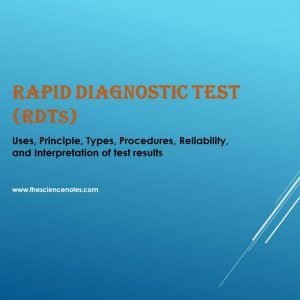
Rapid Diagnostic Tests (RDTs): Principle, Types, Procedures, and Interpretation for Reliable Results
Explore the principle, types, and reliability of rapid diagnostic tests (RDTs), their interpretation, and procedures in this guide. Read more
Your Best Science Education Portal

Explore the principle, types, and reliability of rapid diagnostic tests (RDTs), their interpretation, and procedures in this guide. Read more

Learn about the principles, types, and mechanisms of vaccination to bolster your immune system effectively. Your ultimate guide awaits! Read more

Learn about the effectiveness of masks in preventing the transmission of viral diseases, including COVID-19, and best practices for use. Read more
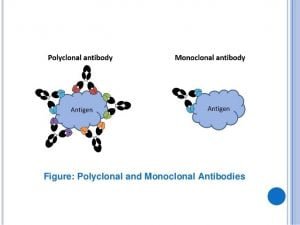
Explore the distinctions in monoclonal and polyclonal antibody production methods, their uses, and advantages in biotechnology and research. Read more
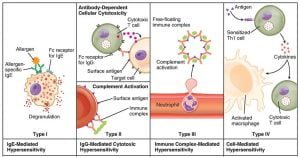
Learn about hypersensitivity: introduction, classification, and types of hypersensitivity reactions in this comprehensive guide. Read more
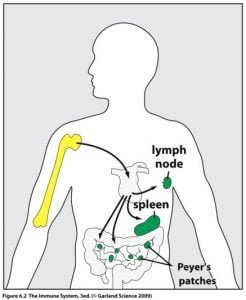
PRIMARY Bone marrow and thymus SECONDARY Lymph nodes and spleen. Bone Marrow Located in the middle of bones, most specifically vertebrae, pelvic, and leg bones,... Read more

Foreign substance that provokes the antibody production when entered in body. Substance which, when introduced into the body, stimulates the production of antibodies with which it reacts in specific and observable manner. Substances that can induce a specific immune response and specifically bind products of immune response in vitro or in vivo. Read more
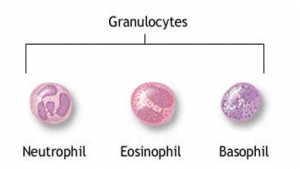
PMNs are composed of three cell types; neutrophils, eosinophils and basophils, based on their staining characteristics with certain dyes. Also called granulocytes since they consist... Read more